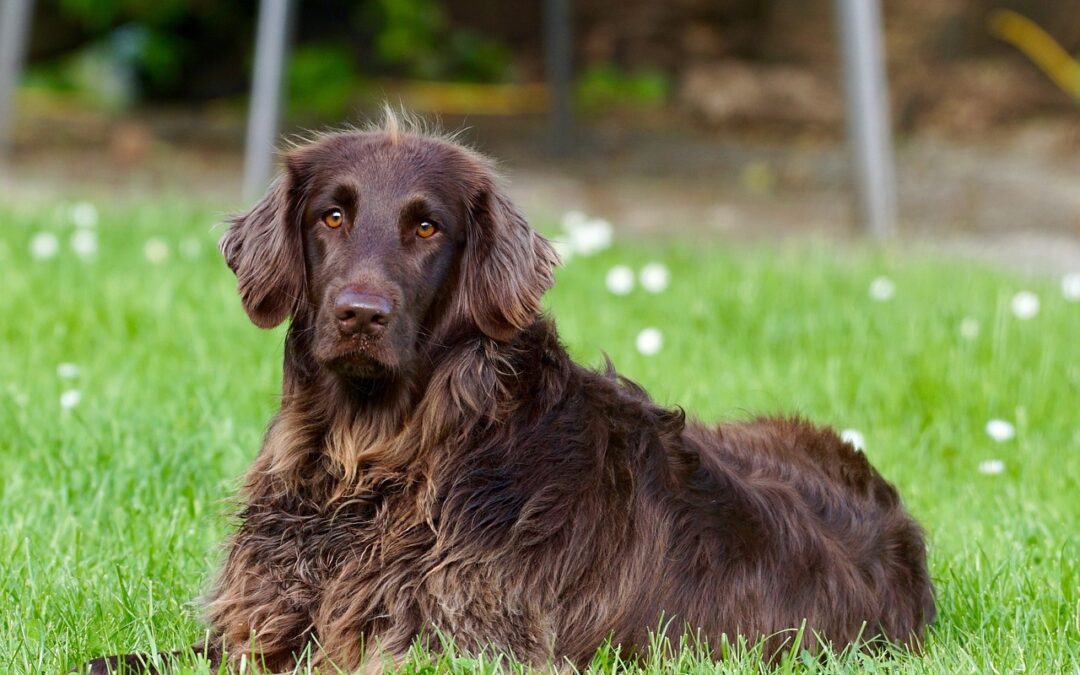Cranial Cruciate Ligament Tears (CCL) in Pets: What Do They Mean?
You probably shudder when you witness an athlete fall on the ground during a game, holding their knee. One of the most important ligaments in the knee, the anterior cruciate ligament (ACL) has likely been torn.
Did you know your pet runs the same risk of rupturing a knee ligament as you do? The issue, known under the more technical term of “cranial cruciate ligament” (CCL), is the same as before.
What exactly is a torn cranial cruciate ligament in animals?
Crucial to the integrity of the knee is a ligament called the cranial cruciate ligament, which runs from the femur (thigh bone) to the tibia (shin bone). When your pet’s CCL is torn or ruptured, the shinbone dislocates anteriorly from the femur with each step.
What causes damage to the cranial cruciate ligament in animals?
CCL tears or ruptures in pets can be caused by a variety of circumstances, such as:
- Ligament degeneration
- Obesity
- Poor physical condition
- Genetics
- Skeletal shape and configuration
- Breed
Rather than being caused by an abrupt injury to a healthy ligament, CCL rupture is typically the result of the ligament’s gradual degeneration over months or years.
What are the symptoms of a torn cranial cruciate ligament in a dog or cat?
It can be difficult for pet owners to tell whether or not their pet needs medical attention after a CCL tear, especially if the rupture is only partial. However, if your pet shows any of the following symptoms, it may have a torn cruciate ligament and an appointment should be scheduled:
- Pain
- Stiffness
- Lameness on a hind leg
- Difficulty standing after sitting
- Difficulty during the process of sitting
- Difficulty jumping into the car or on furniture
- Decreased activity level
- Muscle atrophy in the affected leg
- Decreased range of motion in the knee
What are the options for fixing a damaged cranial cruciate ligament?
Your pet’s activity level, size, age, and degree of knee instability will all play a role in determining the best course of treatment for a torn CCL. The only approach to permanently treat the instability is through surgery, using either an osteotomy or a suture-based procedure. However, medical intervention could also be considered.
Your pet may have injured their cranial cruciate ligament if they are limping on one of their hind legs. If you need an orthopedic evaluation, please contact us.

